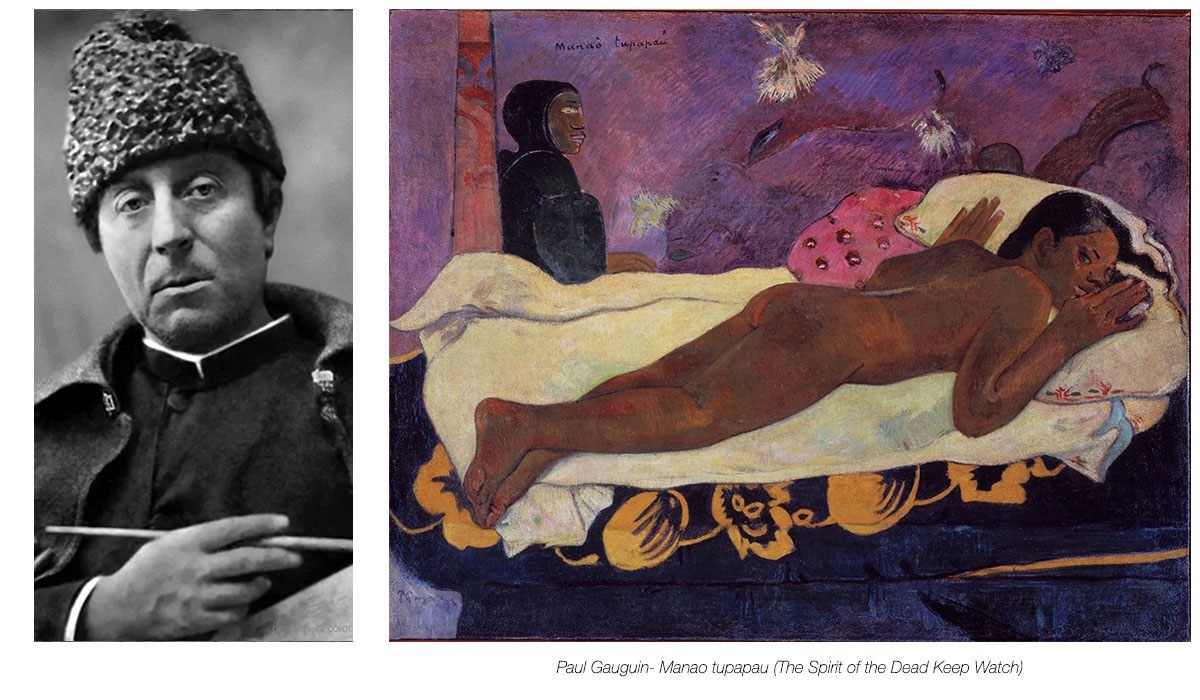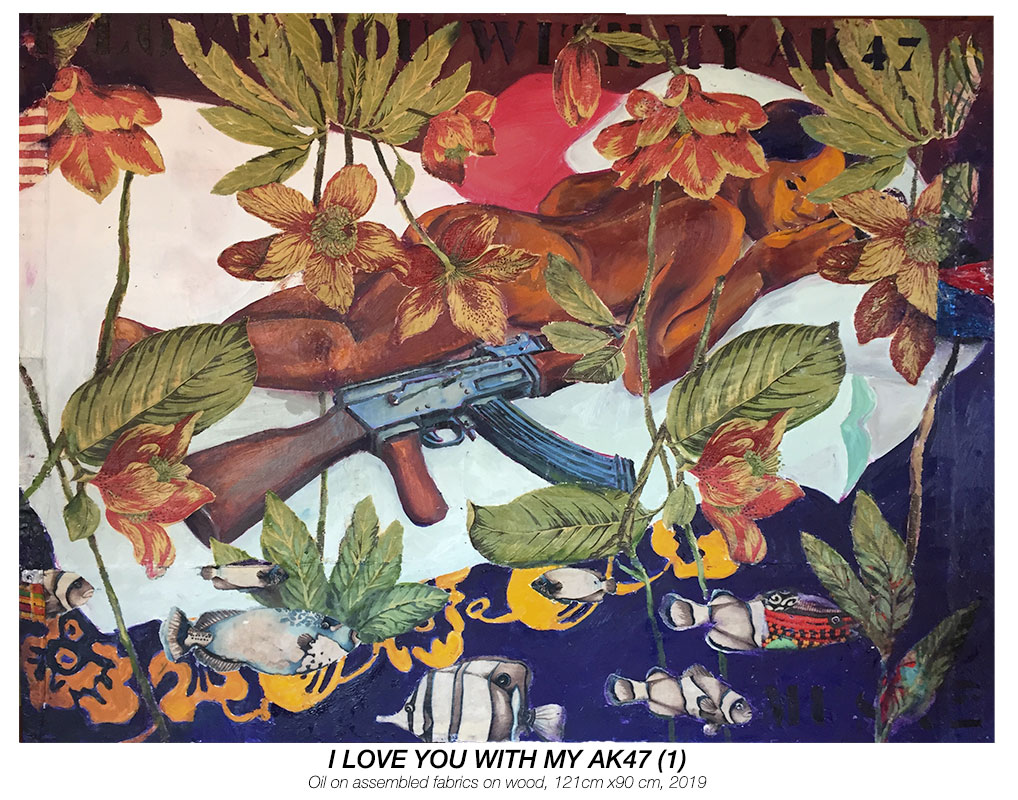"DANGER OF SEEING"
I LOVE YOU WITH MY AK-47 - artwork series

The 19th century Romanticism celebrated the artist as a sacred figure, a Prophet or a Demiurge. May be this is why we expect artists to be naturally good, compassionate, progressist and even revolutionary. So, don’t worry if you feel disappointed when discovering the dark side of artists we admire. Artists, like everybody else, are ordinary and extraordinary at the same time.

Recent research in Gauguin’s biography shows a disgraceful glorious bastard worthy of the devastating tragedy of colonialism . The great painter was also « a pedophile who infected a string of adolescent lovers as well as three child brides with syphilis during his time in Polynesia ». https://www.smithsonianmag.com/smart-news/rare-photographs-show-paul-gaugin-in-tahiti-180962112/

The debate about the « good »work of the artist and the « bad » behaviour of the person appears as one of the consequences of the recent feminist actions(“Me too”… etc.). Other European modern artists did not have to travel as far as the Pacific to commit unforgivable deeds. Edgar Degas,(1834-1917) a French aristocrat, who spent some years in the « Foyer de Danse » of « l’Opera de Paris », was an ambiguous witness of a period where Parisian male adults used to pay a special « Subscription » (“Abonnement” in French) authorizing them to attend the dance classes of the young female dancers. At that time, the Paris Opera had the reputation of luxury prostitution institution. In a remarkable study about the historical context of the creation of, « La petite danseuse de quatorze ans » (Gallimard, 2017), French historian, Camille Laurens, established interesting class connections between Degas, Gauguin, Balthus and their young female models. Reminiscences of the mis-connections between rich male painters and their miserable young female models are present in Egon Schiele experience with his models. https://www.francemusique.fr/opera/derriere-l-oeuvre-de-degas-la-terrible-realite-des-danseuses-de-l-opera-57214

In 1912,the Austrian painter Egon Schiele,(1890-1918),who used delinquent children as models, was arrested for sexual abuse of children. “In court, the judge burned one of the offending drawings over a candle flame”.( https://en.wikipedia.org/wiki/Egon_Schiele; https://www.lemonde.fr/arts/article/2018/10/02/egon-schiele-le-renegat_5363365_1655012.html). Almost a century after the burning of Schiele’s drawing in court, an online petition urged the Metropolitan Museum of Art to remove Balthus painting «Thérèse Dreaming » from its wall because « the painting romanticizes the sexualization of a child ». (https://www.thepetitionsite.com/fr-fr/157/407/182/).

The museum refused to remove the painting but the question keeps haunting both the painter and the audience : What makes one image more dangerous than another? Is it the way we see the image or is it the way we use it? I think seeing reveals the singularity of the gaze while using an image is a bold political action. Singularity of seeing opens the horizon to liberty but the political use of images confine the imagination in dominant class vision. If you consult my grand mother, she would say:«My sight is long but my hand is short».
